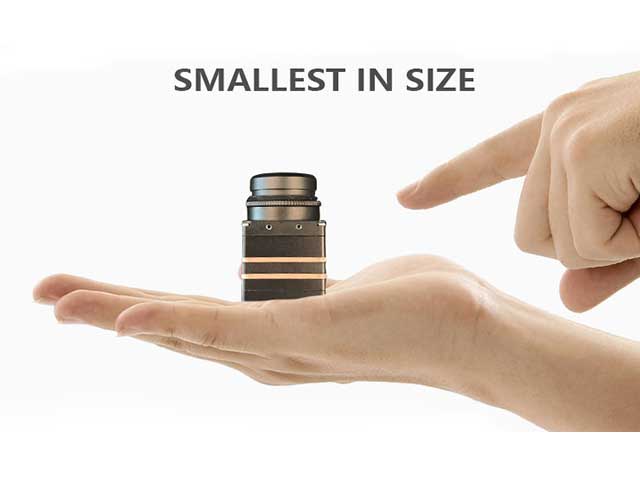2022-12-06

Engineer Manager Name: Jacky
WhatsApp/ Wechat: 0086-187 9245 6795
Email: mh_elec@126.com or jacky@mh-elec.com
1. What is NETD?
NETD stand for “Noise Equivalent Temperature Difference”.It is a measure for how well a thermal imaging detector is able to distinguish between very small differences in thermal radiation in the image.NETD is typically being expressed in milli-Kelvin (mK). It is also sometimes referred to as “Thermal Contrast”. When the noise is equivalent to the smallest measurable temperature difference, the detector has reached its limit of its ability to resolve a useful thermal signal. Generally, typical values for uncooled, micro-bolometer detector thermal cameras are on the order of 45 mK.and cryogenically cooled detectors can achieve NETD values of about 18 mK. The noise measurement value should be specified at a particular object temperature, as this impacts the measurement. Example: NETD @ 30℃ : 60 mK.
2. How is NETD being measured?
In order to measure the NETD of a detector, the camera must be pointed at a temperature controlled black body. The black body needs to stabilize before starting the measurement. The noise equivalent temperature difference is then being measured at a specific temperature. It is not a single snapshot measurement, but rather a temporal measurement of noise.
3. What affects NETD?
There are three factors that can affect NETD.
The first factor is thermal contrast in the image of thermal cameras.Thermal cameras sometimes come with more than one calibrated temperature measurement range. The noise reading can vary based on the selected range and also the object temperature. As long as there is significant thermal contrast in the image and the temperature of interest is a lot higher than the background temperature, then this won’t affect the measurement accuracy much.
The second factor is noise level.If the camera is exposed to a high ambient temperature, the system noise may increase.The more noise there is, the higher the NETD value of the detector.
The third factor that can affect NETD is the #f-stop of the lens. The #f-stop or aperture of the lens determines how my thermal radiation reaches the detector. Generally, a lower of-stop will lead to a better noise value.
Engineer Manager Name: Jacky
WhatsApp/ Wechat: 0086-187 9245 6795
Email: mh_elec@126.com or jacky@mh-elec.com
 tel
tel
